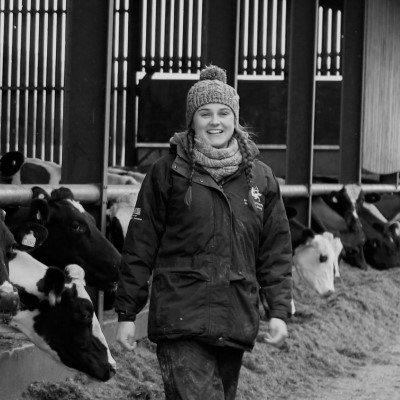CIEL | Blog: COP15 and the Global Biodiversity Framework – Where does agriculture fit in?
Katerina Karpasitou

Biodiversity is the number, variety, and variability of living organisms and how these change from one location to another and over time.
It is important in all ecosystems – both “natural” ones and those managed by humans. It is the cornerstone of many natural benefits provided by ecosystems such as water recycling, soil retention, pollination of plants, regulation of climate, and pest control.
Biodiversity Agreement ‘30×30’
This COP15 in Montreal will be remembered for its historical significance in humanity’s attempt to protect the planet, as nations managed to land a Paris Agreement-style deal for nature, reversing biodiversity loss within what’s left of the decade.
At the conclusion of COP15, the United Nations (UN) Biodiversity Conference, an agreement was signed pledging to protect at least 30% of the Earth’s ecosystems by 2030. The agreement is known as the Kunming-Montreal Global Biodiversity Framework, which you might also hear referred to as the 30 by 30 target.
COP15 vs COP27
In case you are wondering, ‘COP15 and COP27… Why the two COPs?’ there is a simple explanation. The key difference between the two summits lies in their focus: one is aiming to tackle biodiversity loss and the other one climate change. COP stands for ‘Conference of Parties’. So, COP15 is the 15th Conference of the Parties of the UN Convention on Biological Diversity whereas COP27 is the 27th Conference of the Parties of the UN Framework Convention on Climate Change.
Biodiversity and climate change are both fundamental aspects of sustainability and, although the respective conferences are held separately, their focus and objectives are intrinsically and inextricably linked. Both have been impacted negatively by human activities such as deforestation, land use change and land clearing. Climate change exacerbates biodiversity loss and this accelerates climate change since the natural capacity of ecosystems to capture and store carbon dioxide, the primary greenhouse gas, is degraded.
That is why, the agreement signed on 19th December 2023 by nearly 200 countries to halt biodiversity loss, is a big deal.
How does agriculture and livestock farming fit in with all of this?
Biodiversity is essential to agriculture, livestock farming and human well-being. Depending on the ecological context and land use history, livestock is either among the most harmful threats to biodiversity or an absolute necessity to maintain high nature value farmland. Whatever the position, there is general agreement that agriculture is adversely affected by loss of biodiversity.
One of the 23 targets included in the framework, Target 10, relates to the sustainable management of agriculture “through a substantial increase of the application of biodiversity friendly practices, such as sustainable intensification, agroecological and other innovative approaches”.
CIEL is the front door to innovation for the livestock sector in the UK and one of the world’s foremost farm animal research alliances. Drawing on world-class research, industry and SME innovation, we are exceptionally well-placed to drive innovation within the agrifood sector focusing on restoring, conserving and protecting agricultural biodiversity. Our plans for 2023 include organising an event on Biodiversity and Agriculture which will feature the role livestock farming can play in enhancing biodiversity.


Katerina Karpasitou, Sustainability Project Manager
Katerina joined the CIEL innovation team in 2022 as a Sustainability Project Officer. She has an MSc from Lancaster University in Environmental Management and came to CIEL after working for Agrecalc, a carbon calculator for agriculture.







